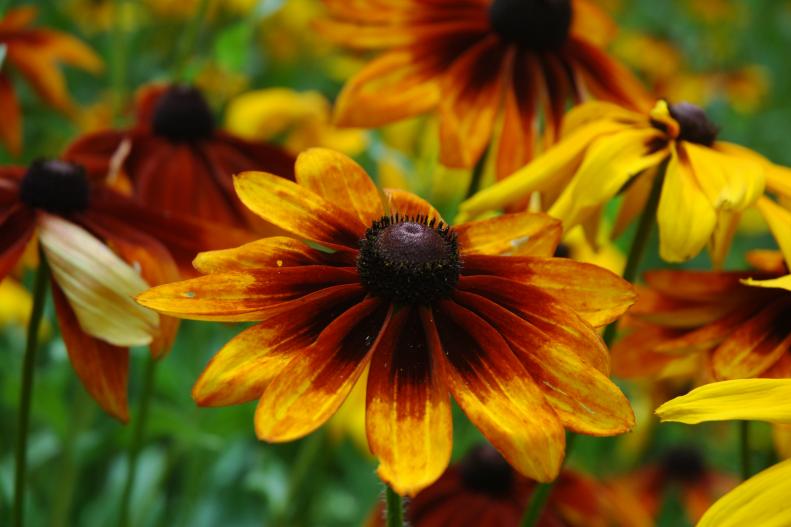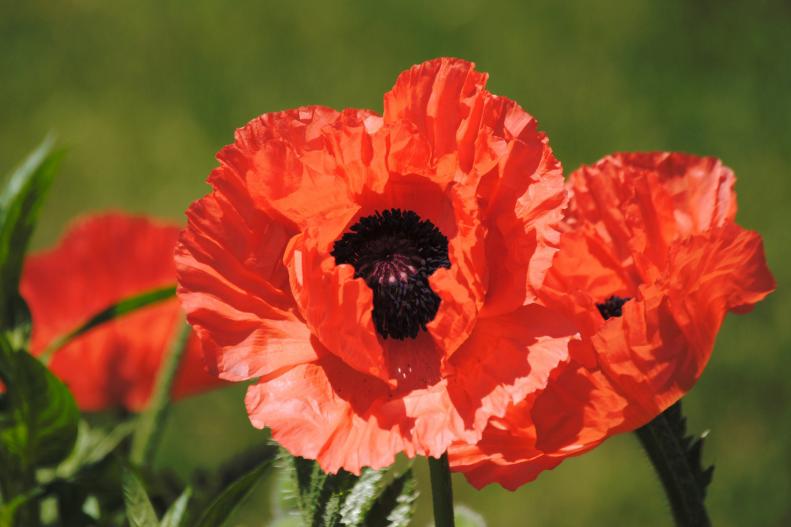1 / 20
Photo: American Meadows
Gloriosa Daisy
Handsome gloriosa daisies, Rudbeckia hirta, are bi-colored, deer-resistant perennials that bloom in summer and fall. The plants grow to three feet tall in full to part shade, tolerate some drought and are hardy in Zones 3 to 8. They're related to black-eyed Susans, which are biennial, but they have larger flowers. Typically resistant to insects and disease, gloriosa daisies make lovely cut flowers.
Buy gloriosa seeds here.









